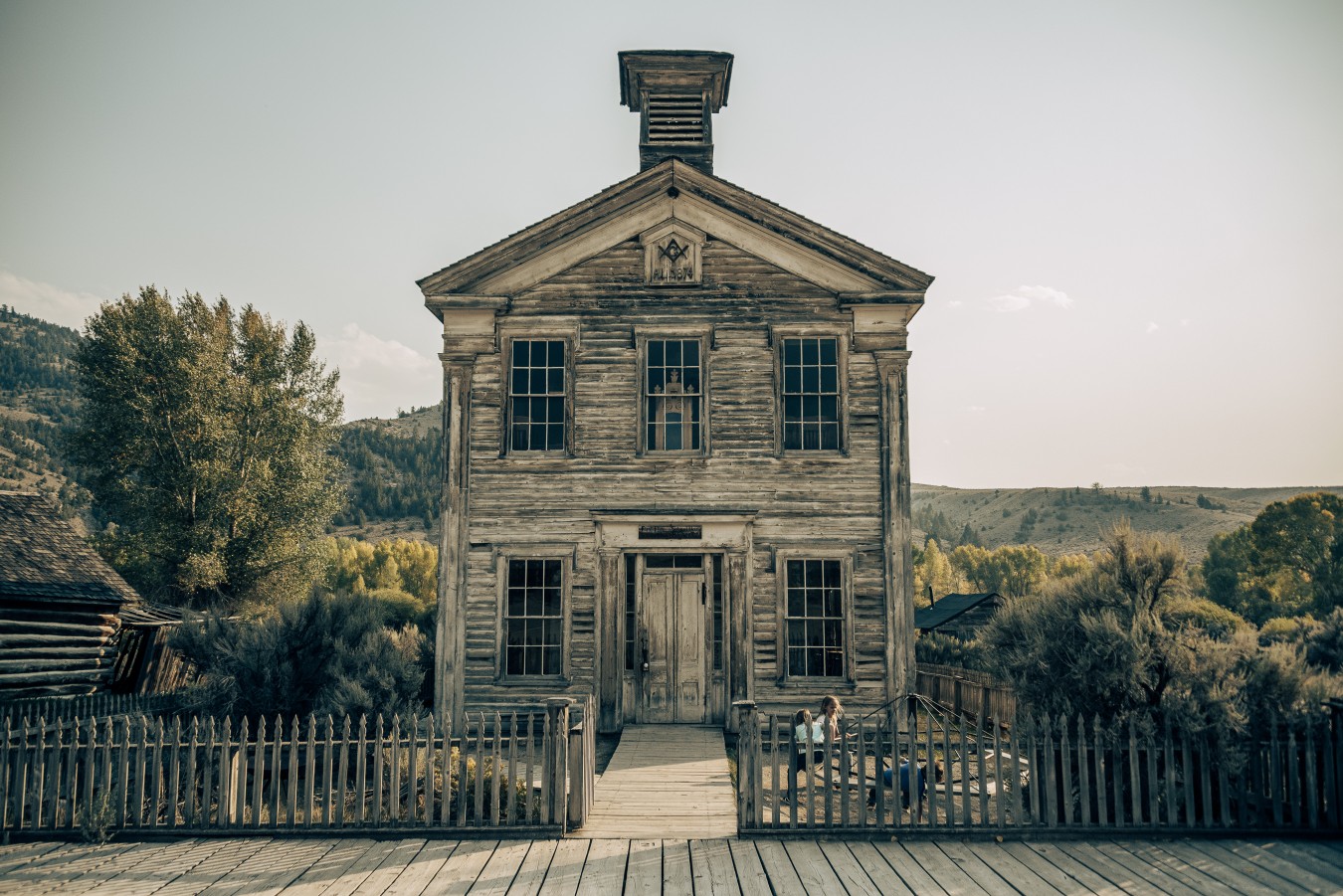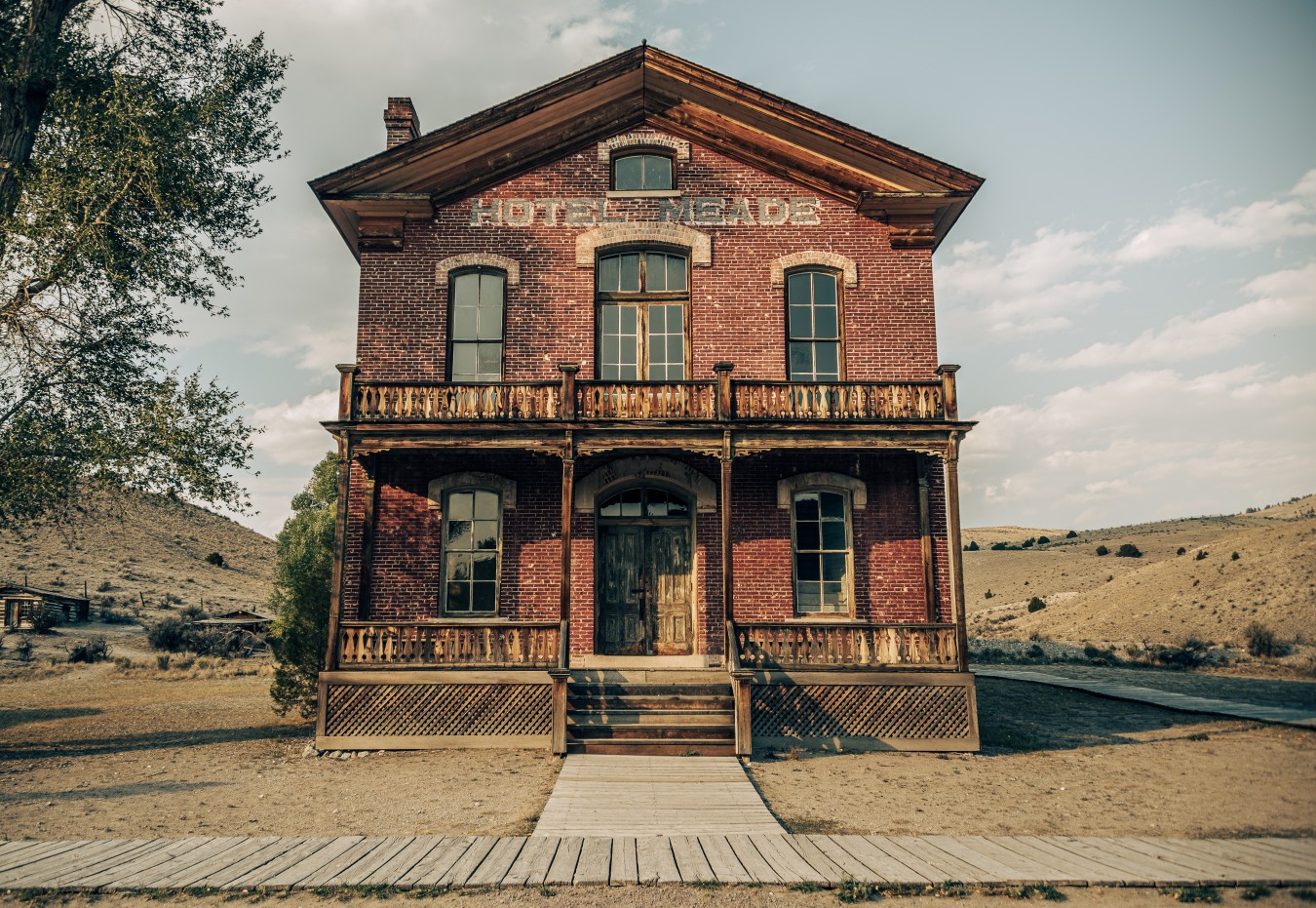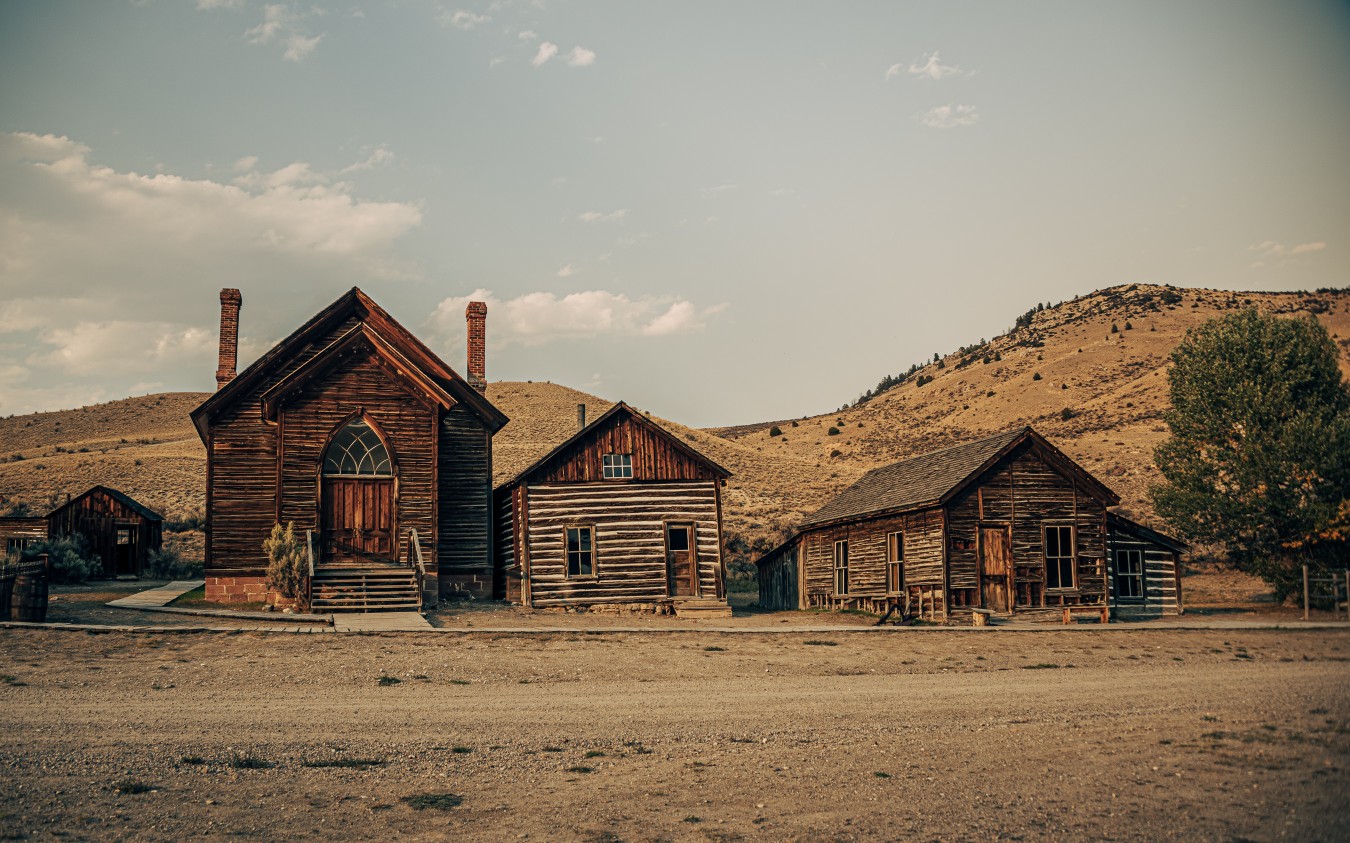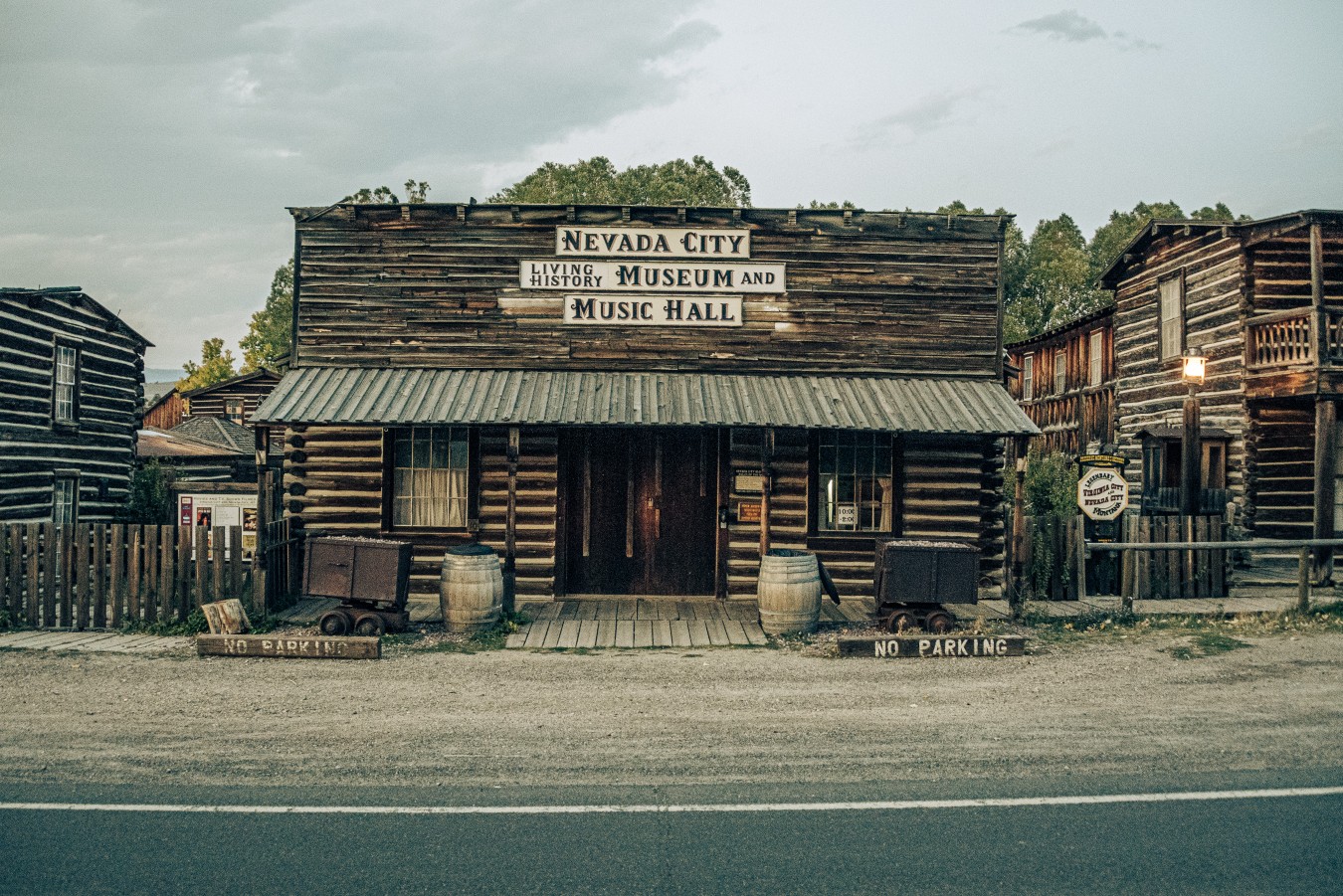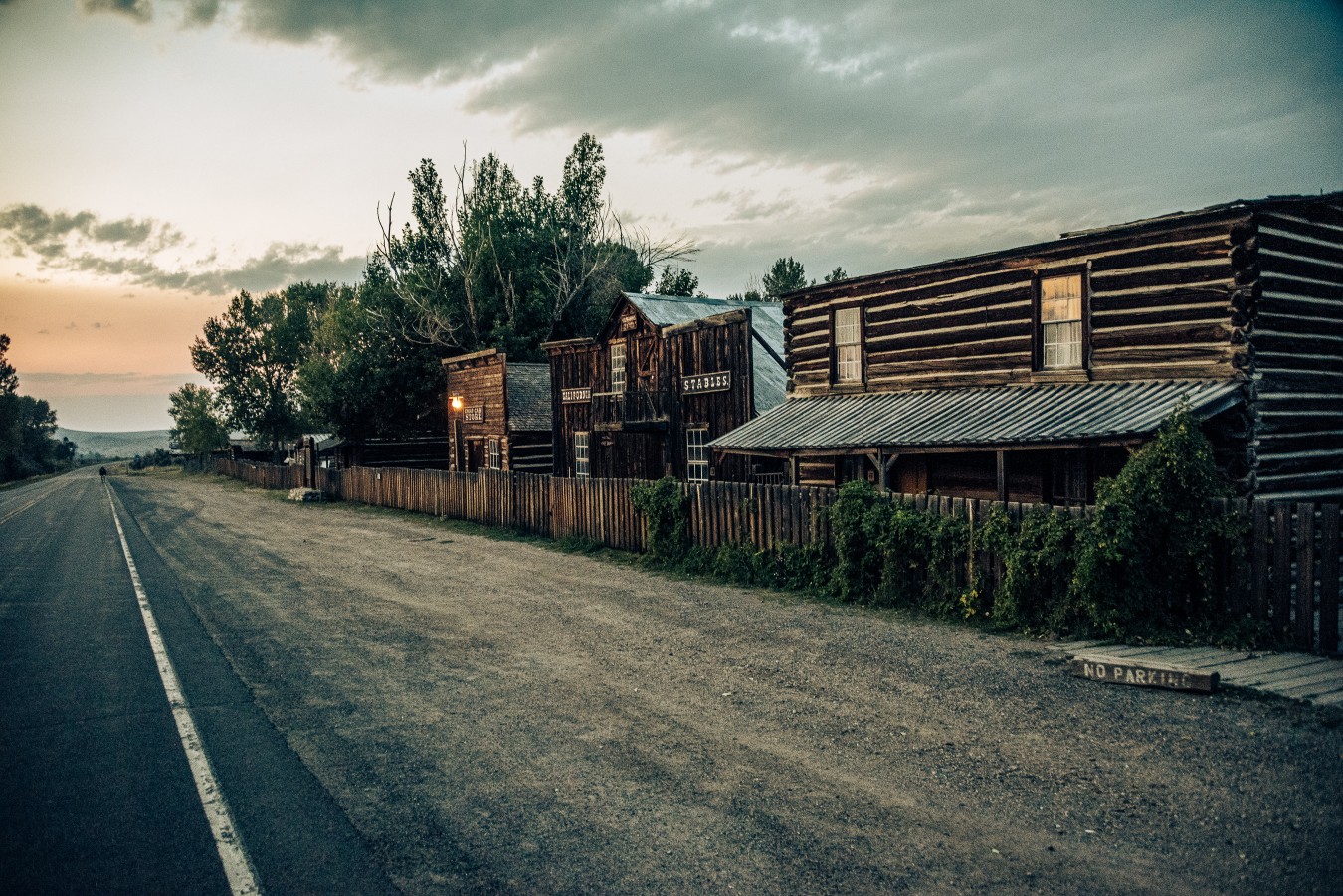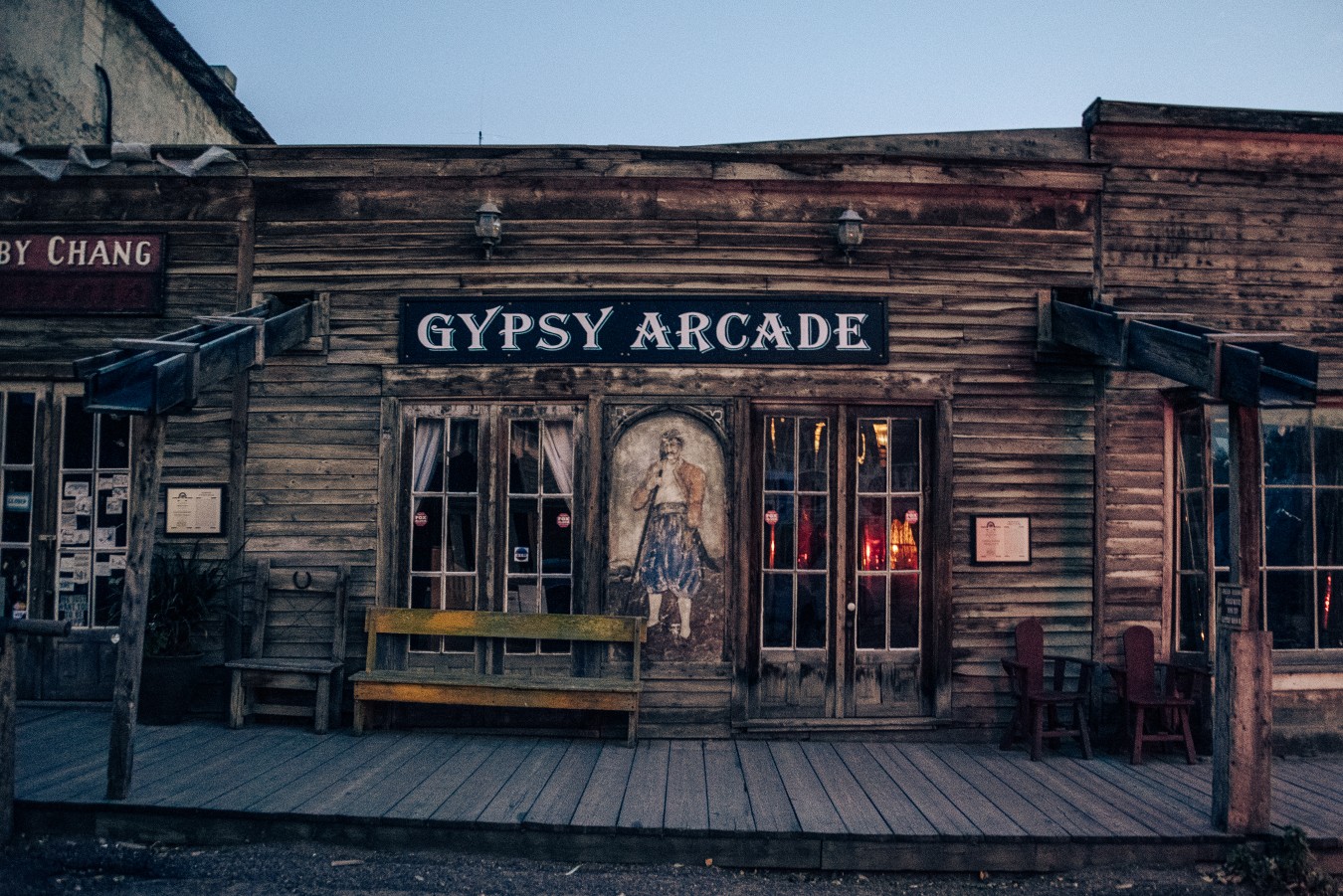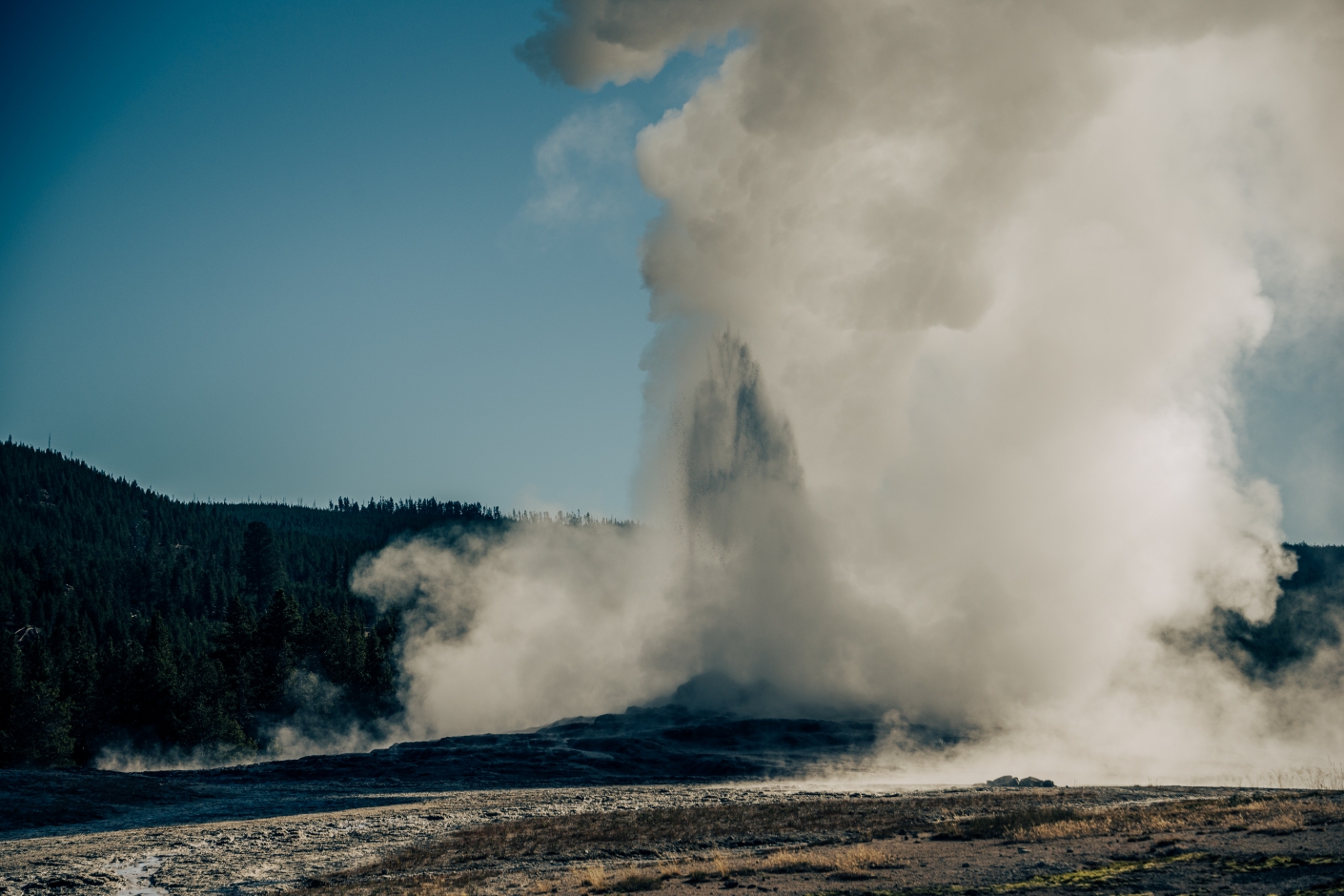At its peak, Bannack had a population of about ten thousand. Extremely remote, it was connected to the rest of the world only by the Montana Trail. There were three hotels, three bakeries, three blacksmith shops, two stables, two meat markets, a grocery store, a restaurant, a brewery, a billiard hall, and four saloons. Though all of the businesses were built of logs, some had decorative false fronts.
In May 1863, a group of prospectors were headed toward the Yellowstone River and instead came upon a party of the Crow tribe and was forced to return to Bannack. On May 26, 1863, Bill Fairweather and Henry Edgar discovered gold near Alder Creek. The prospectors could not keep the site a secret and were followed on their return to the gold bearing site. A mining district was set up in order to formulate rules about individual gold claims. On June 16, 1863, under the name of "Verina" the township was formed a mile south of the gold fields. The name was intended to honor Varina Howell Davis, the first and only First Lady of the Confederate States of America during the American Civil War. Verina, although in Union territory, was founded by men whose loyalties were thoroughly Confederate. Upon registration of the name, a Connecticut judge, G. G. Bissell, objected to their choice and recorded it as Virginia City.
Within weeks Virginia City was a boomtown of thousands of prospectors and fortune seekers in the midst of a gold rush. The remote region of the Idaho Territory was without law enforcement or justice system with the exception of miners' courts. In late 1863, the great wealth in the region, lack of a justice system and the insecure means of travel gave rise to serious criminal activity, especially robbery and murder along the trails and roads of the region. Road agents as they became known were ultimately responsible for up to 100 deaths in the region in 1863 and 1864. This resulted in the formation of the Vigilance committee of Alder Gulch and the infamous Montana Vigilantes.




